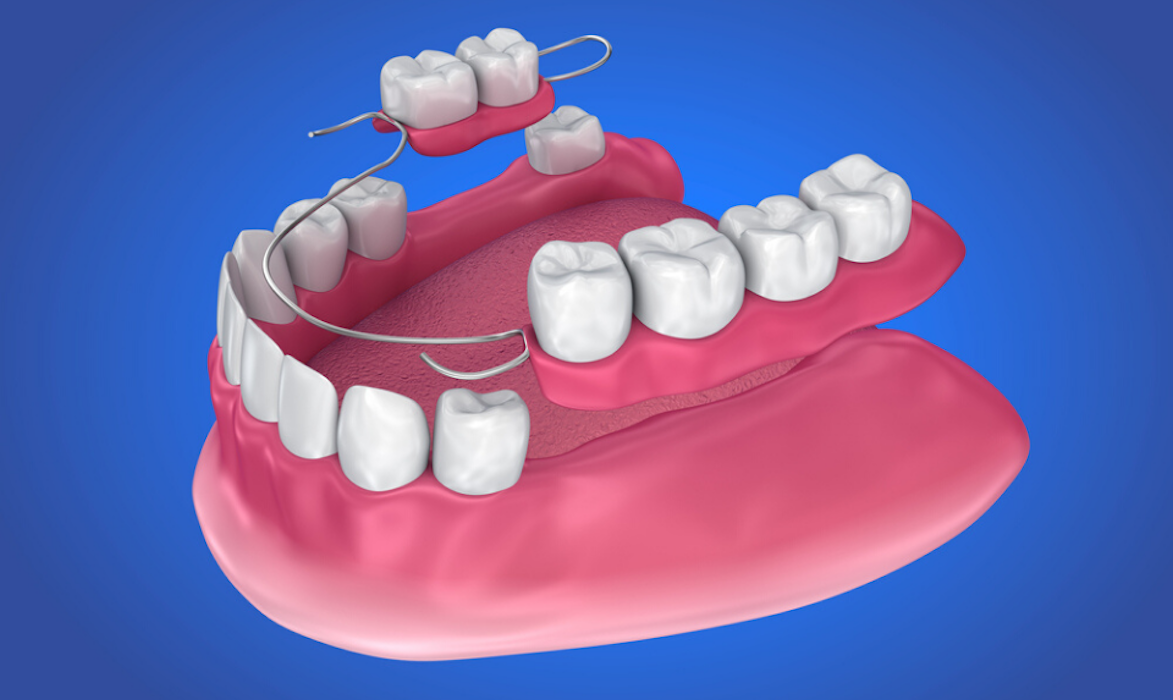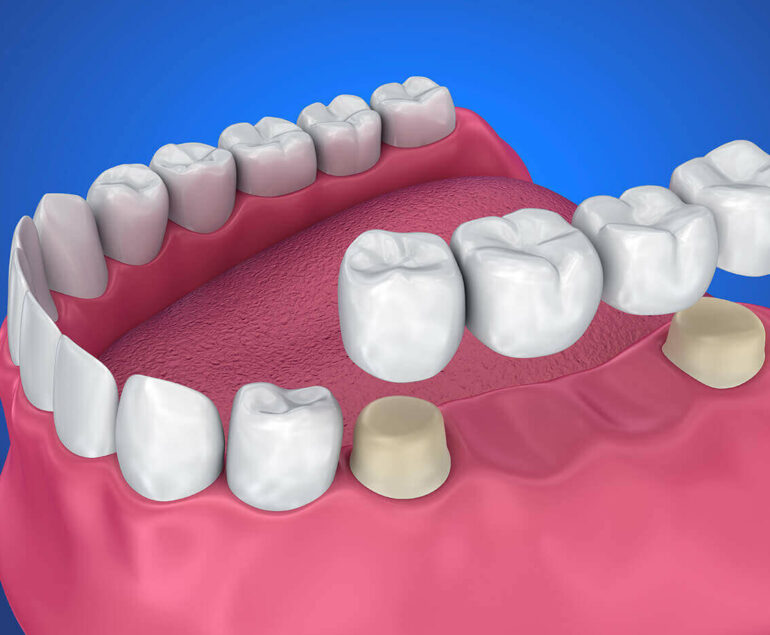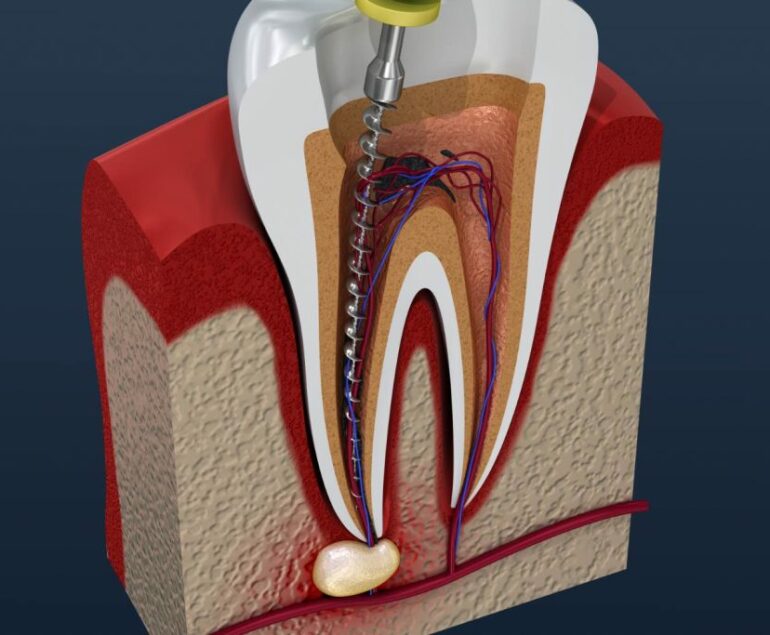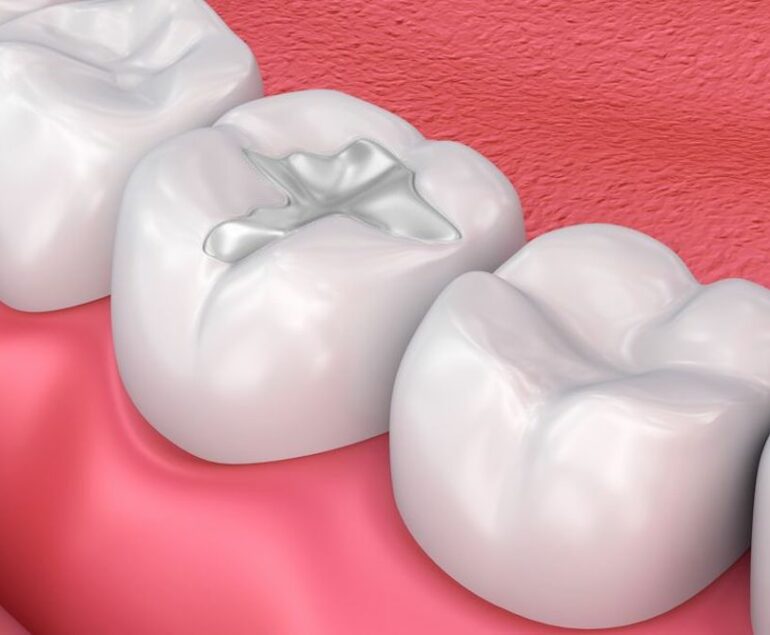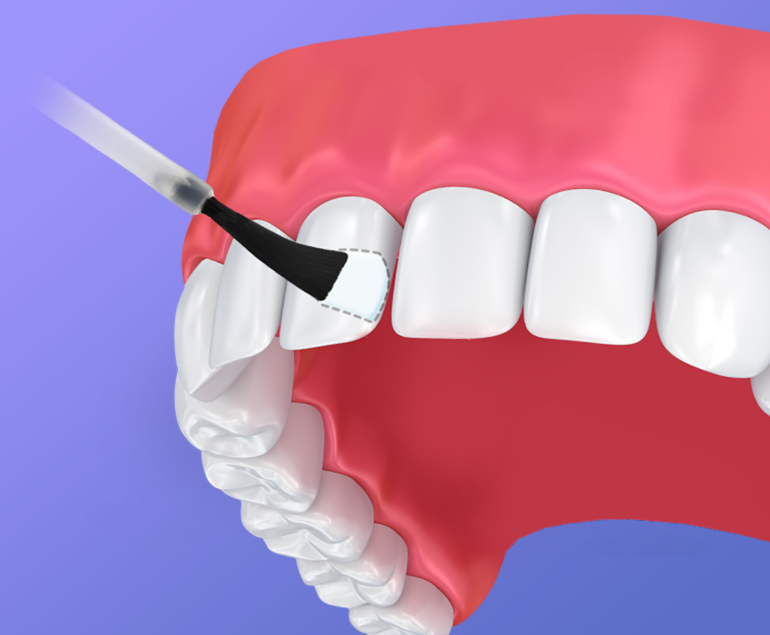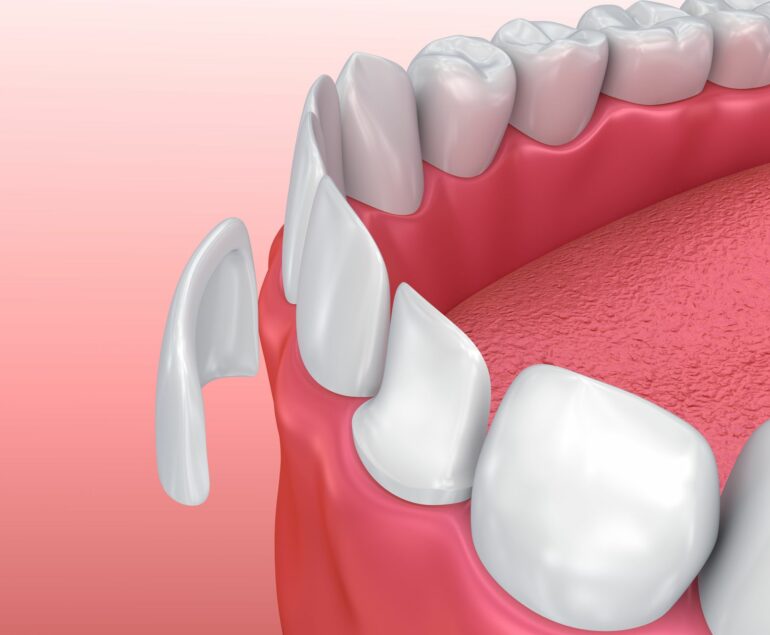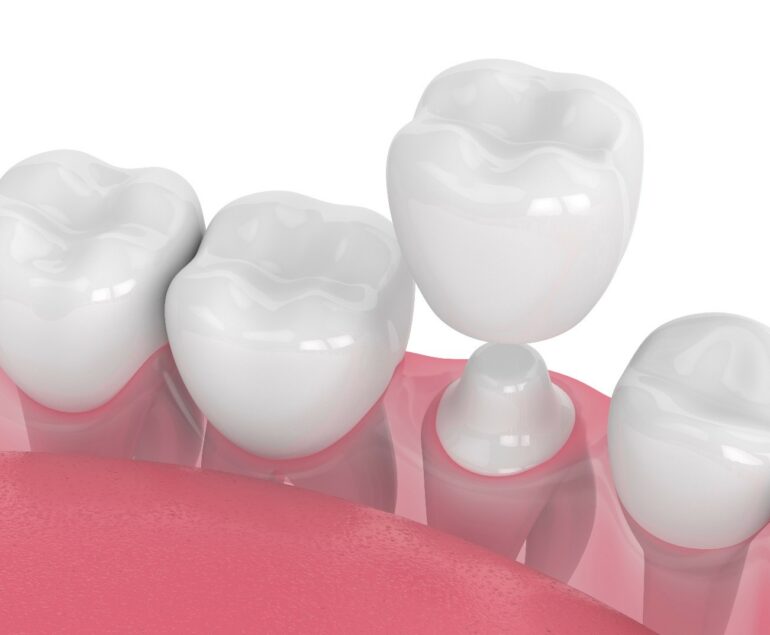Complete and Partial Dentures
Complete and partial dentures can correct a number of serious issues with your teeth. Complete dentures can replace a complete upper and lower set of teeth. Partial dentures can replace several missing teeth but not an entire upper or lower set of teeth. To get partial dentures, you must have some healthy teeth remaining in the upper and lower parts of your mouth.
What are partial dentures?
Partial dentures are usually removable dentures that replace multiple teeth in the upper or lower portion of your mouth.
Partial dentures are more than cosmetic devices. They can also enhance chewing and speaking for the wearer. They can also preserve the placement of the remaining teeth in your mouth, which may otherwise shift over time.
Partial dentures aren’t usually intended for around-the-clock wear. Most dentists will recommend removing them at night and cleaning them.
Why would one need partial dentures?
You may benefit from partial dentures if you’ve lost multiple teeth in the top or bottom of your jaw. Some contributing factors to a loss of your teeth include:
- injury
- removal of teeth or extraction
- decay
Whatever the reason, it’s important that your remaining teeth stay healthy. We will construct the partial dentures, considering your remaining teeth. If these teeth are not healthy, our dentist may recommend extracting your teeth and utilizing full dentures instead.
What types of partial dentures are available?
Different manufacturing techniques and materials mean that there are a lot of partial denture options out there. The following are some considerations to know about partial denture types.
Location in your mouth
Partial dentures may replace the front (anterior) portion of your teeth or the back (posterior) portion. Replacing the front teeth with partial dentures can help people bite into foods more easily. Posterior dentures can aid in speaking and eating, which also enhances satisfaction.
Number of teeth on the dentures
Partial dentures aren’t the only option when it comes to replacing missing teeth. You may also choose full dentures, which replace an entire set of missing upper or lower teeth. If you have teeth remaining, we will have to pull your teeth before you get full dentures.
Bridges are another type of replacement for teeth. They’re similar to partial dentures because they replace only a few missing teeth.
However, bridges are usually present on one side of your mouth while partial dentures can replace teeth on both sides of your mouth. Also, bridges tend to be permanently glued in, while partial dentures are often removable.
Durability
We may not always recommend permanent partial dentures. Instead, you may have a temporary option. This is usually the case when we dentist have extracted damaged or decaying teeth that your partial dentures will replace.
Materials used
For the base of the dentures, we can use either plastic (resin) or metal, such as a mixture of cobalt and chromium.
Metal
We may make larger partial dentures with titanium. However, titanium caused inflammatory reactions in about 0.6 percent of people.
Plastic and polymers
Bases made with plastic tend to be less expensive than those made from metal. This is because metal bases are lighter and more durable than plastic alternatives. However, plastic or polymer-based dentures have advantages as well, including:
- a desirable aesthetic appearance because no metal is visible
- easiness to make and repair
- lightweight and flexible
Flexible dentures
Some people also choose another option for partial dentures called “flexible” dentures. These dentures are made from thin, lightweight thermoplastics and without visible metal clips. Flexible dentures are usually bulkier than metal alternatives because they can break if they are made too thin.
You’ll put in flexible dentures differently than the other types. Most metal- and plastic-based dentures are inserted directly into your mouth.
With flexible dentures, you will usually warm the flexible dentures in water for a minute first to help the dentures better mold to your gums.
Attachments in your mouth
Our dentists usually fit partial dentures with either clasps or precision attachments. Clasps are usually made from metal and will circle at least half of your adjoining teeth to partial dentures. Depending on where the clasps are placed, the metal may be visible when you smile.
Precision attachments will attach to existing teeth or dental implants. Dentists will customize precision attachments to each patient, including crowns to fit over existing teeth.
How do I choose the right partial dentures for me?
We will create your partial dentures. When doing so, they take several factors into account, such as:
- anatomy of your mouth, including your hard and soft palate
- your remaining teeth and how they fit together
- your cosmetic goals
When considering the type of partial dentures you would like, ask yourself the following questions:
- What allergies do I have? People with metal or acrylic allergies may need to wear flexible dentures.
- Do I mind if someone sees metal clips for my partial dentures? If your missing teeth are in the back of your mouth, this factor may be less important. For front teeth, you may prefer acrylic or precision attachments.
- How much can I reasonably afford to pay for partial dentures? Cost is an important factor in getting dentures that meet your needs but don’t break the bank.
We can also help you make the right choice when it comes to the best partial dentures for you.
Summary
An estimated 20 percent of adults in the United States have some missing teeth. If you have experienced a loss of teeth or trauma, but have some teeth left, partial dentures can help improve your smile. Talk with us about partial denture options and costs to determine what may work best for you.

